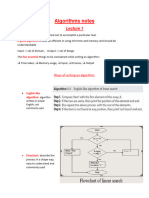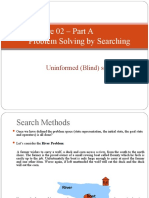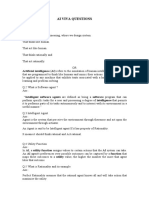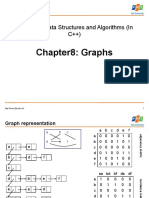0% found this document useful (0 votes)
24 views6 pages15 Plus DSA Pattern
The document outlines various algorithmic techniques for optimizing problem-solving in programming, including Sliding Window, Two Pointers, and Dynamic Programming, among others. Each technique is accompanied by its use cases, advantages, and example problems to illustrate its application. The final takeaway emphasizes the importance of recognizing patterns and practicing to master these optimization strategies.
Uploaded by
tovodo5424Copyright
© © All Rights Reserved
We take content rights seriously. If you suspect this is your content, claim it here.
Available Formats
Download as PDF, TXT or read online on Scribd
0% found this document useful (0 votes)
24 views6 pages15 Plus DSA Pattern
The document outlines various algorithmic techniques for optimizing problem-solving in programming, including Sliding Window, Two Pointers, and Dynamic Programming, among others. Each technique is accompanied by its use cases, advantages, and example problems to illustrate its application. The final takeaway emphasizes the importance of recognizing patterns and practicing to master these optimization strategies.
Uploaded by
tovodo5424Copyright
© © All Rights Reserved
We take content rights seriously. If you suspect this is your content, claim it here.
Available Formats
Download as PDF, TXT or read online on Scribd
/ 6



























































































